The Early Years: The Foundations For All Learning
$39.95
| by Sue Larkey & Gay von Ess | This book is full of practical ideas to give children with an ASD and other developmental delays the KEYS to learning. Teaching to play, write, draw, imitate etc. Toilet training, community access, etc. To sit, ask for help, wait, play, attention to task, sign songs, etc. Great easy to photocopy programmes.
40 in stock
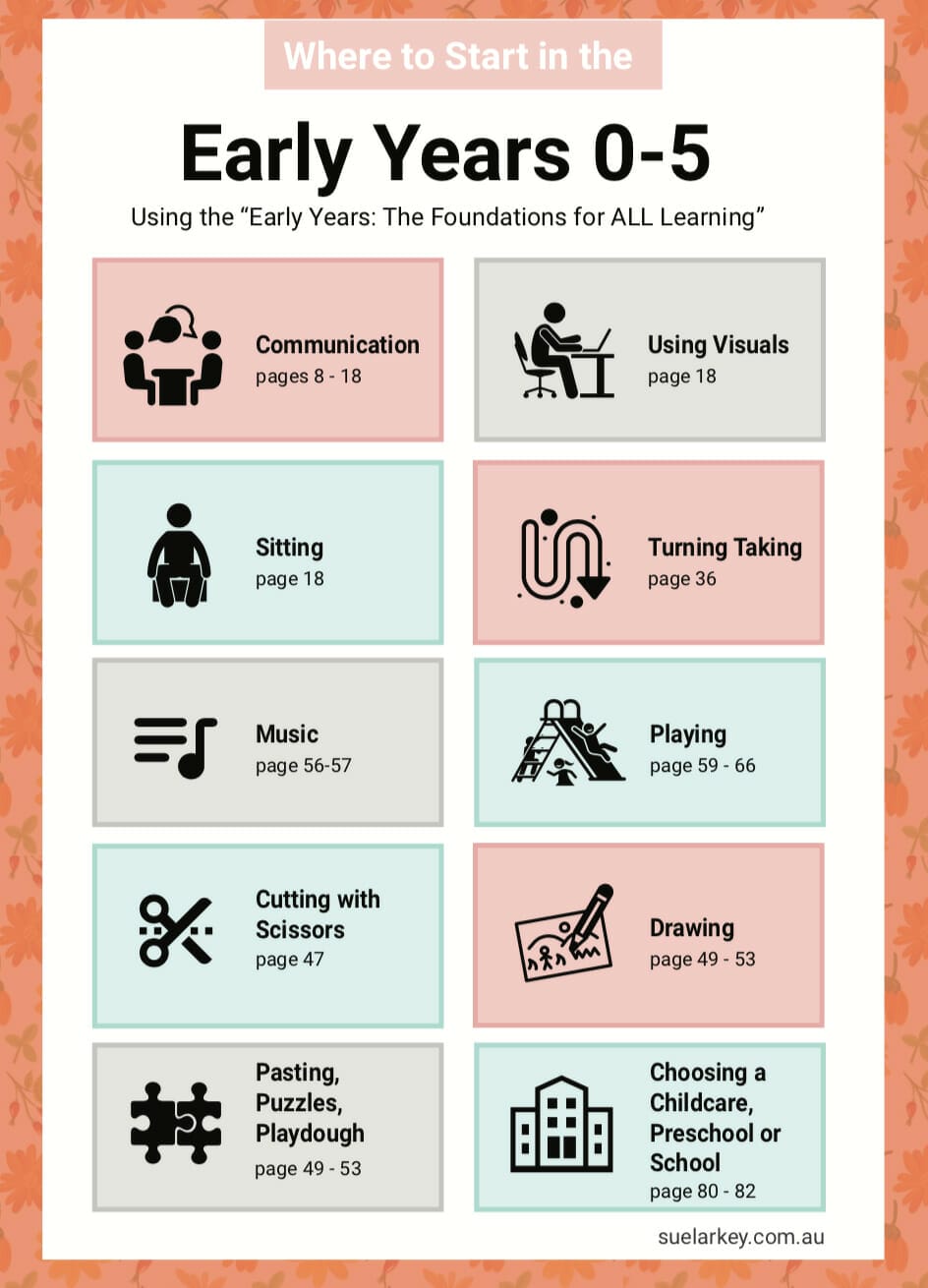
RELEVANT COURSES FOR YOU
Understanding Autism Spectrum Disorder: Knowledge to Improve Student Learning, Participation and Outcomes
The Early Years: The Foundations For All Learning | by Sue Larkey & Gay von Ess | code: B04 | This book is full of practical ideas to give children with an ASD and other developmental delays the KEYS to learning. Teaching to play, write, draw, imitate etc. Toilet training, community access, etc. To sit, ask for help, wait, play, attention to task, sign songs, etc. Great easy to photocopy programmes.
MORE IDEAS on the EARLY YEARS Teaching Strategies for Neurodiverse Students – from where to start to how to implement.
When working with any child with ASD it is critically important that the programme implemented is realistic, both for the child and for the family. By realistic I mean setting everyone up for (achievable) success and that everyone across all environments has the time to implement it. I believe the best way to create a realistic programme is to only address one or two ideas at any one time. I recommend in the early years you always have visuals of the goals you are working on in a prominent place (e.g. fridge or preschool office) so ALL people engaging with the child know the week’s two goals. Over the years I have found by displaying the goals ensures consistency and everyone creating opportunities to reinforce the goal. As children with autism spectrum disorders are highly individual, not all strategies may work with every child. If you find this to be the case, remember that it is worth revisiting an old strategy in the future as it may work then. Most children respond best to a range of strategies. In this podcast I have chosen two very important skills, ‘Pointing‘ and ‘Asking for Help,’ to teach children as examples of two goals you could work on at the same time. More on this

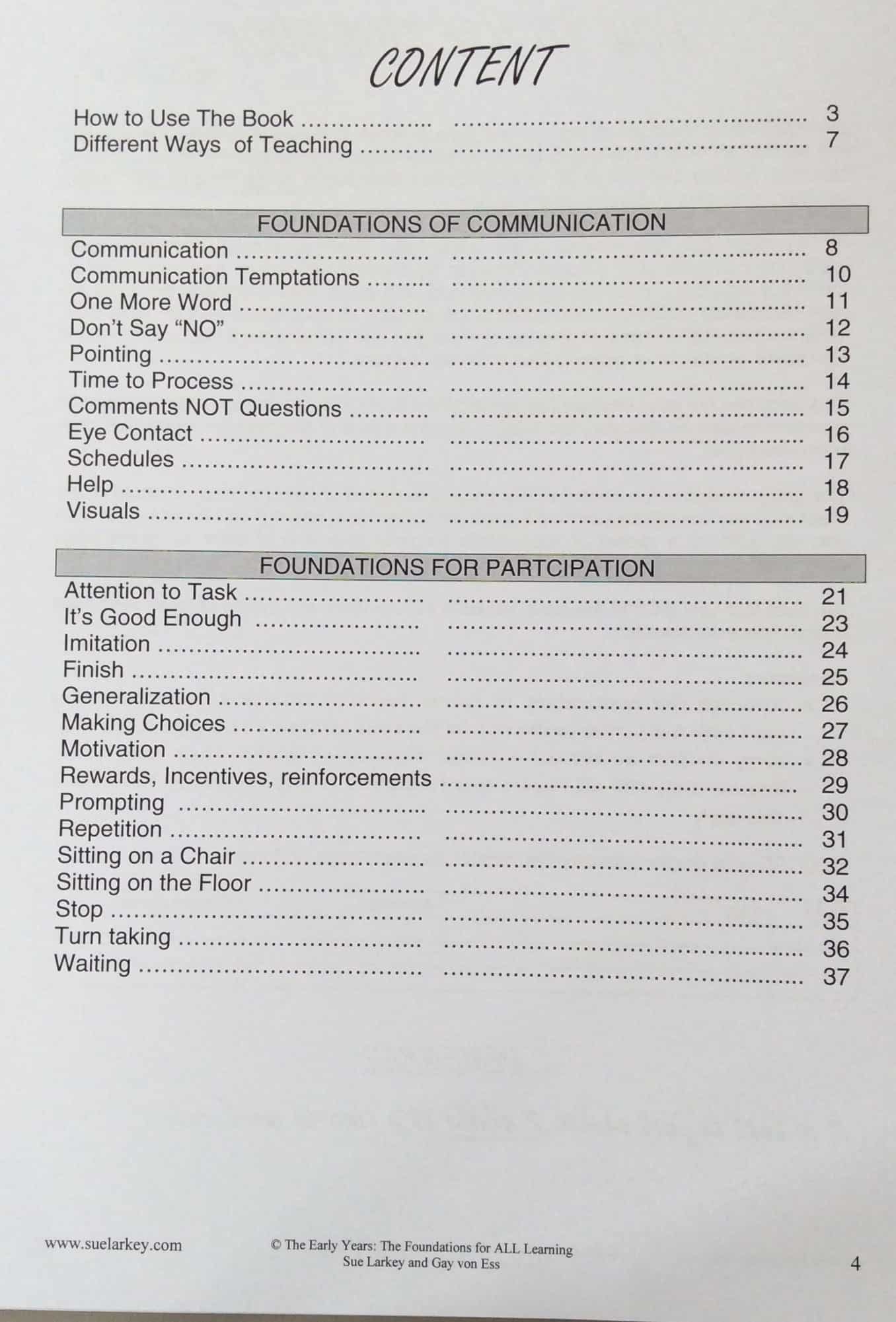
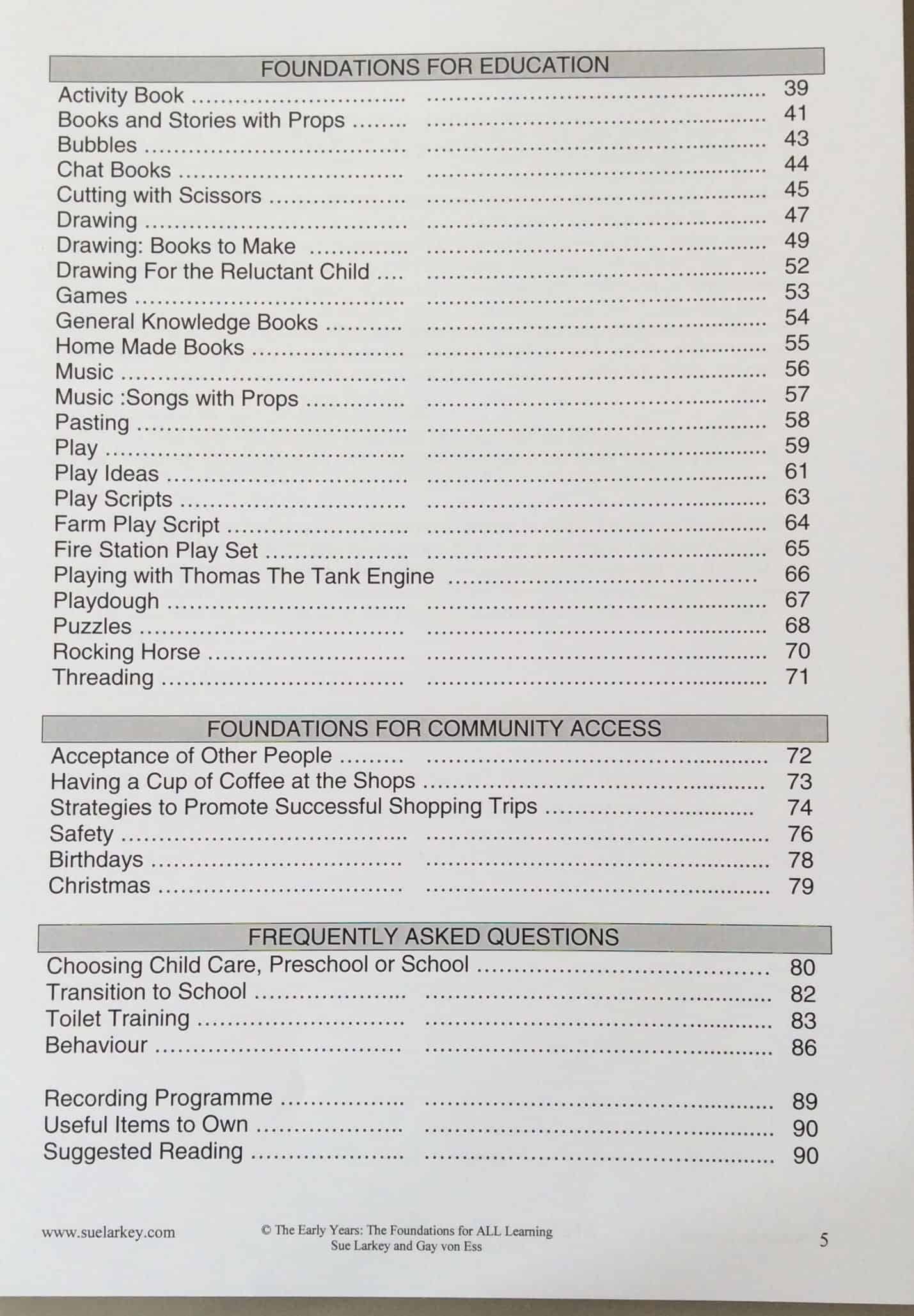
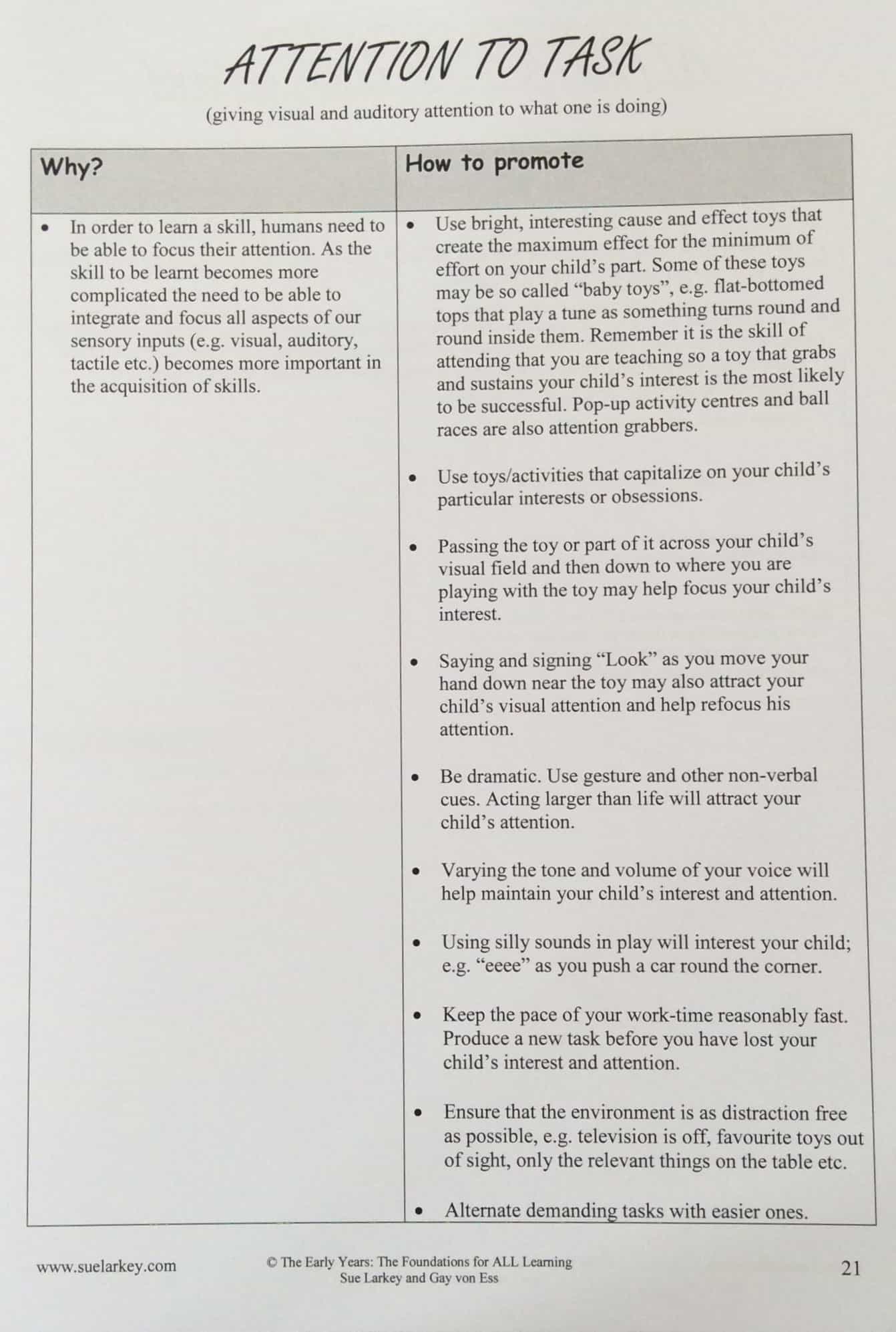



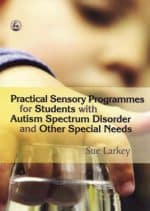
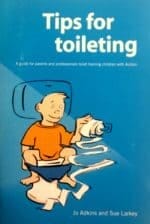
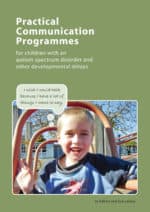
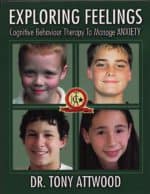

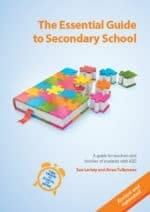


 Sorry we no longer ship items outside Australia. Please consider the digital versions of Sue’s Books –
Sorry we no longer ship items outside Australia. Please consider the digital versions of Sue’s Books – 